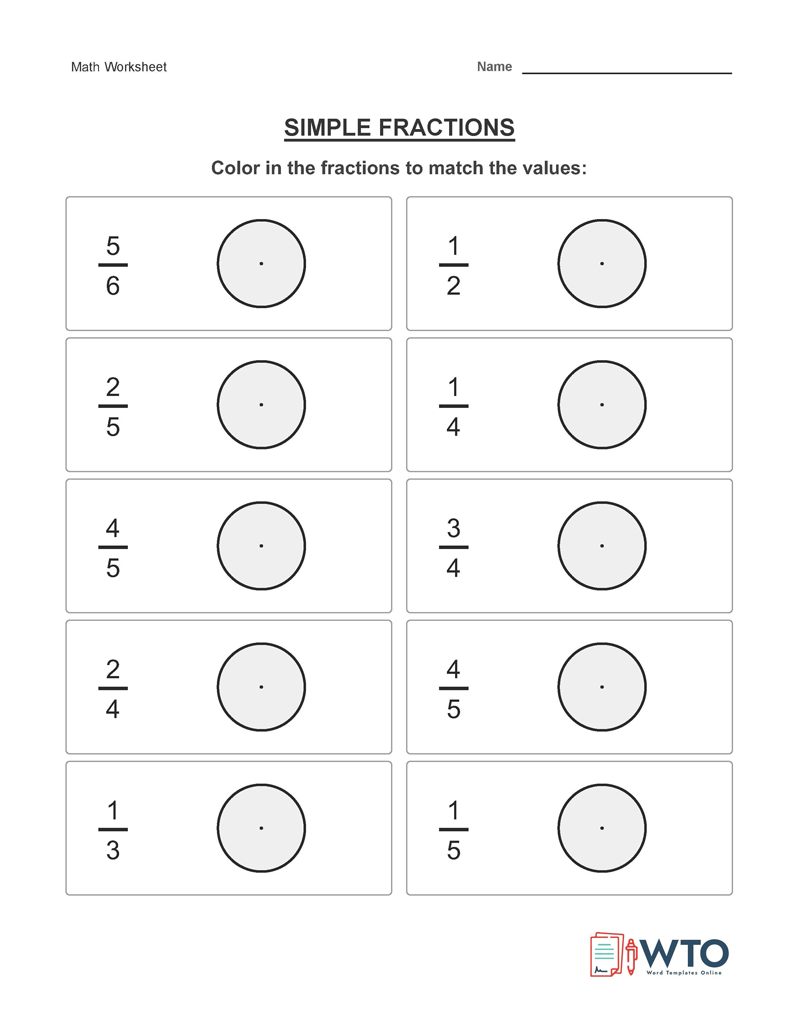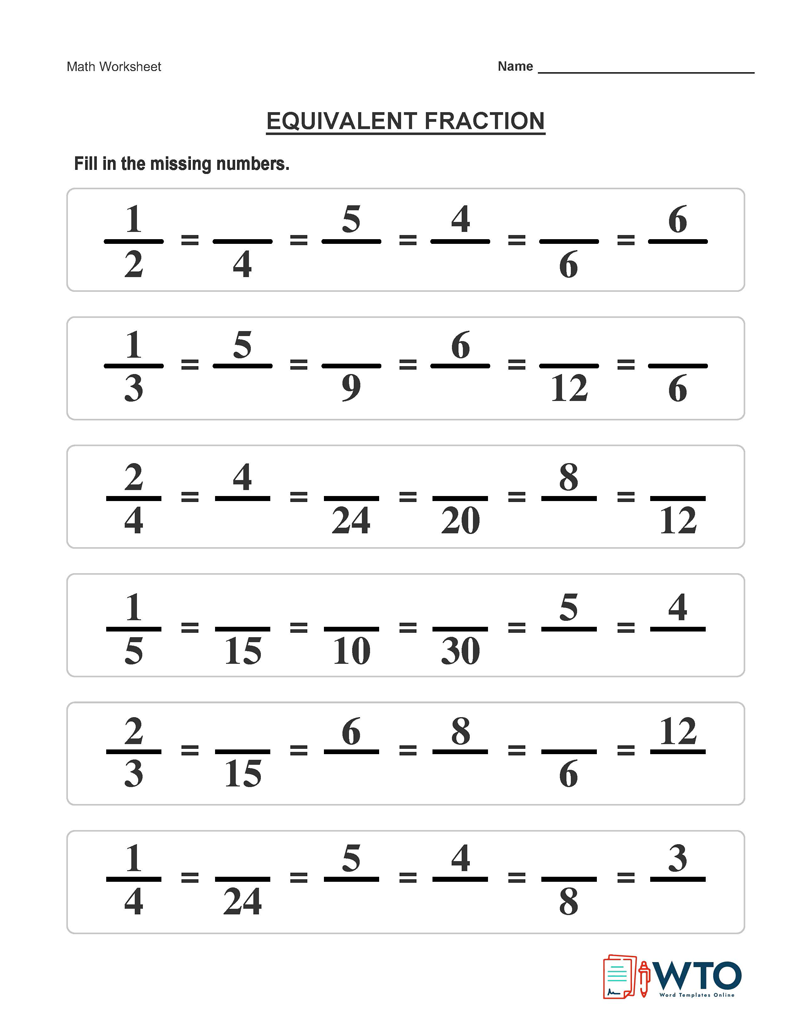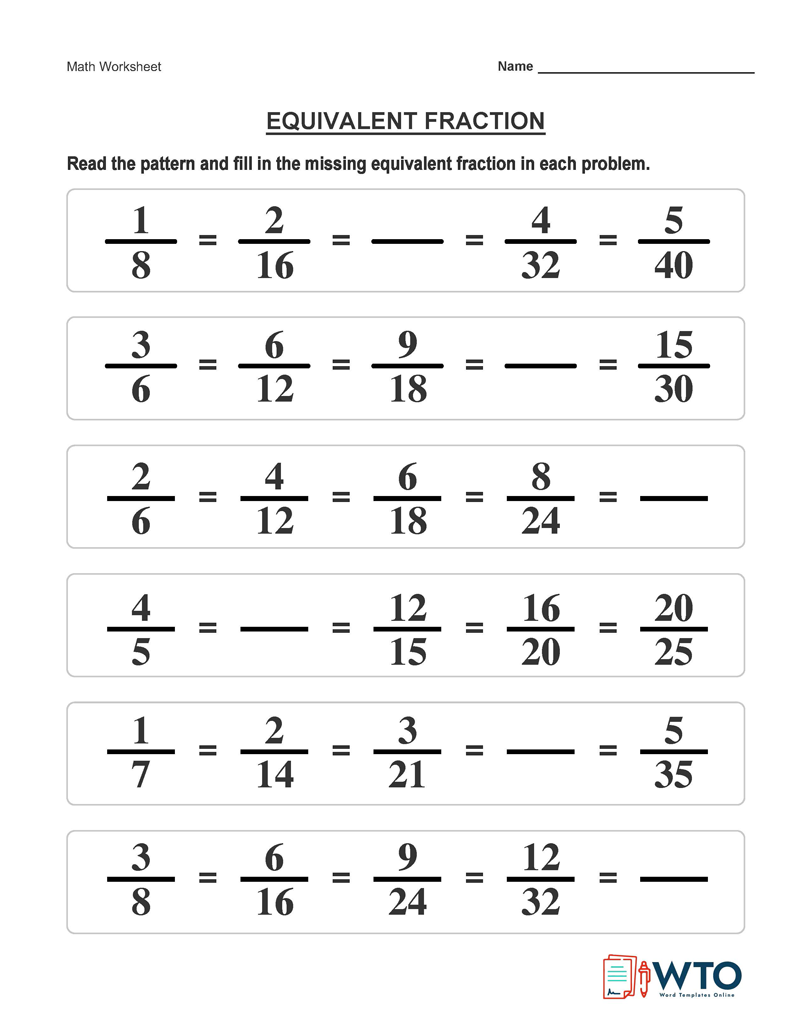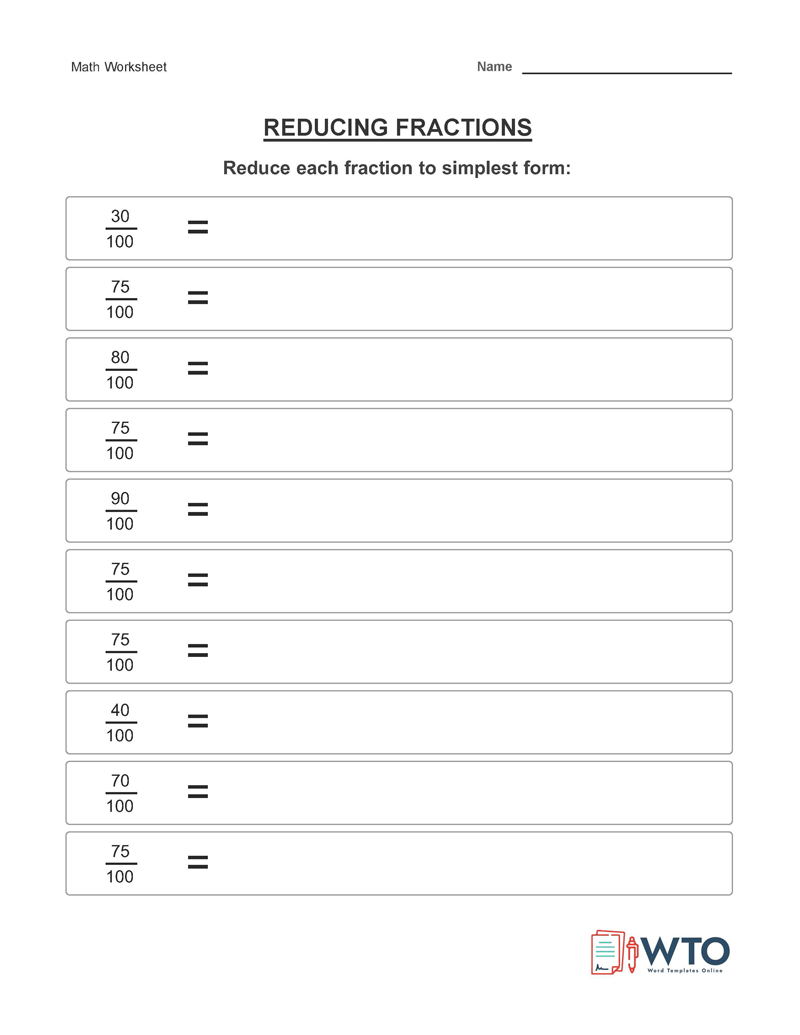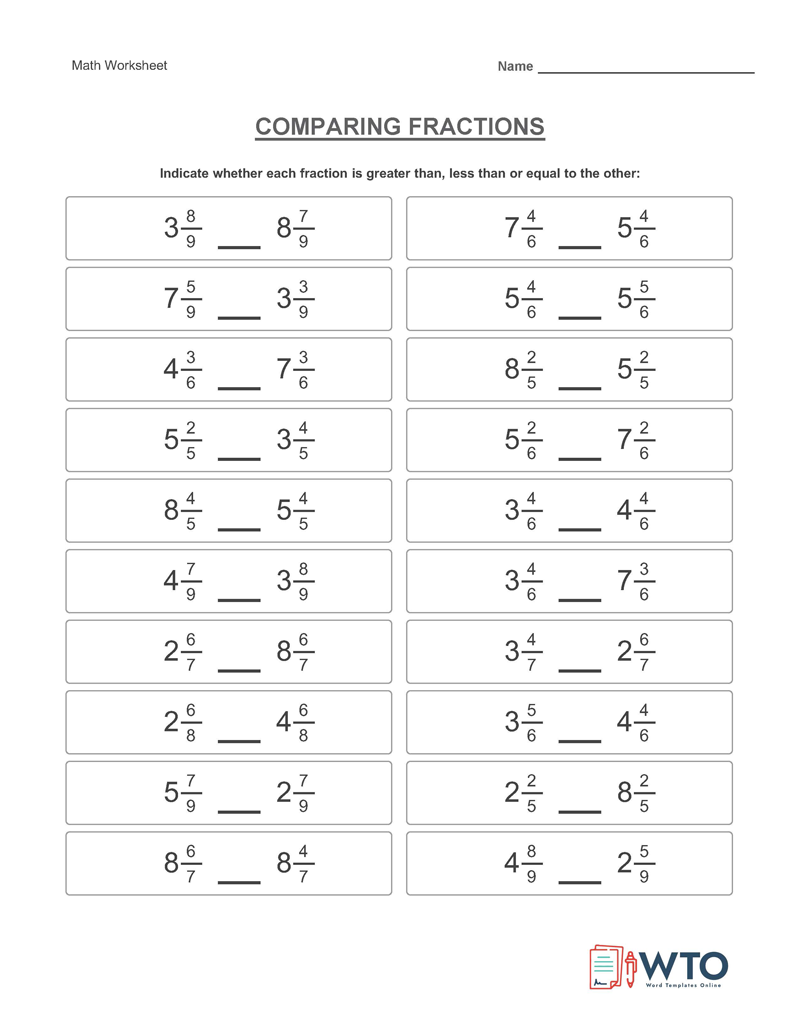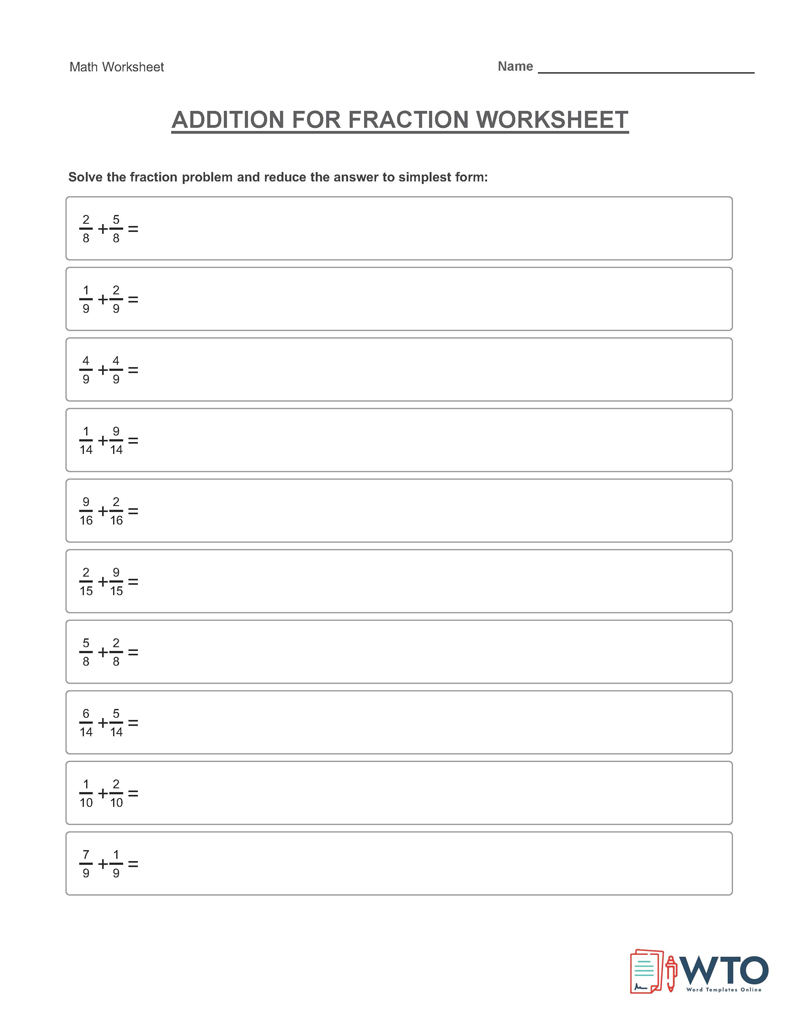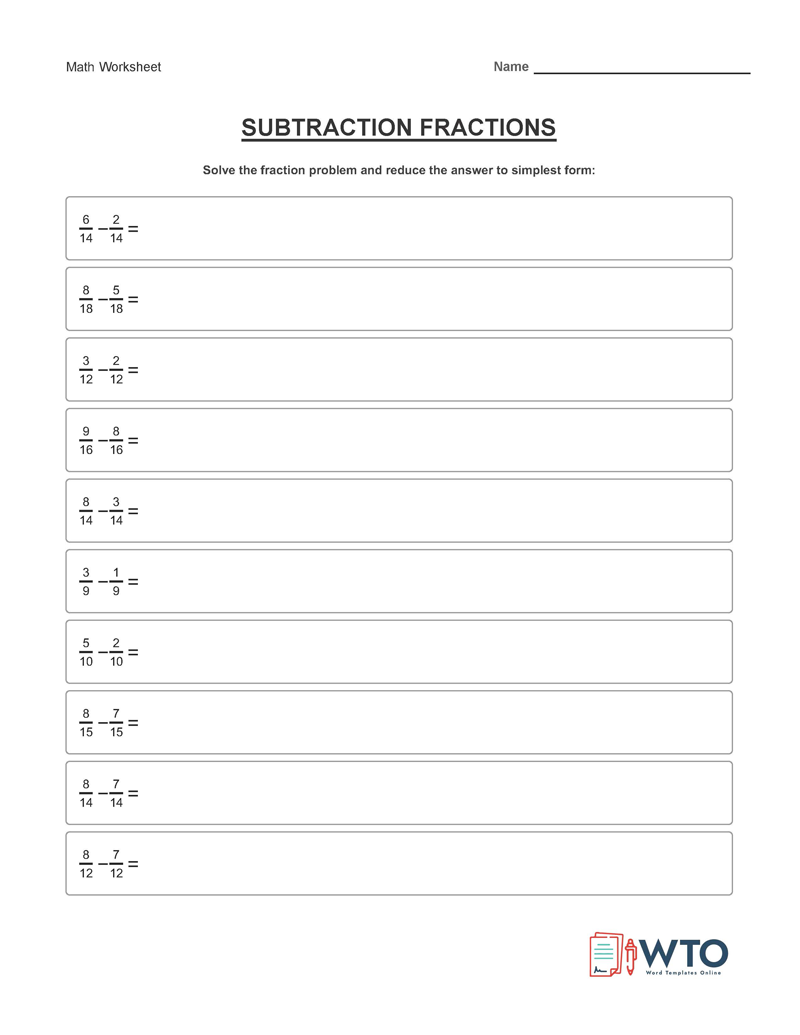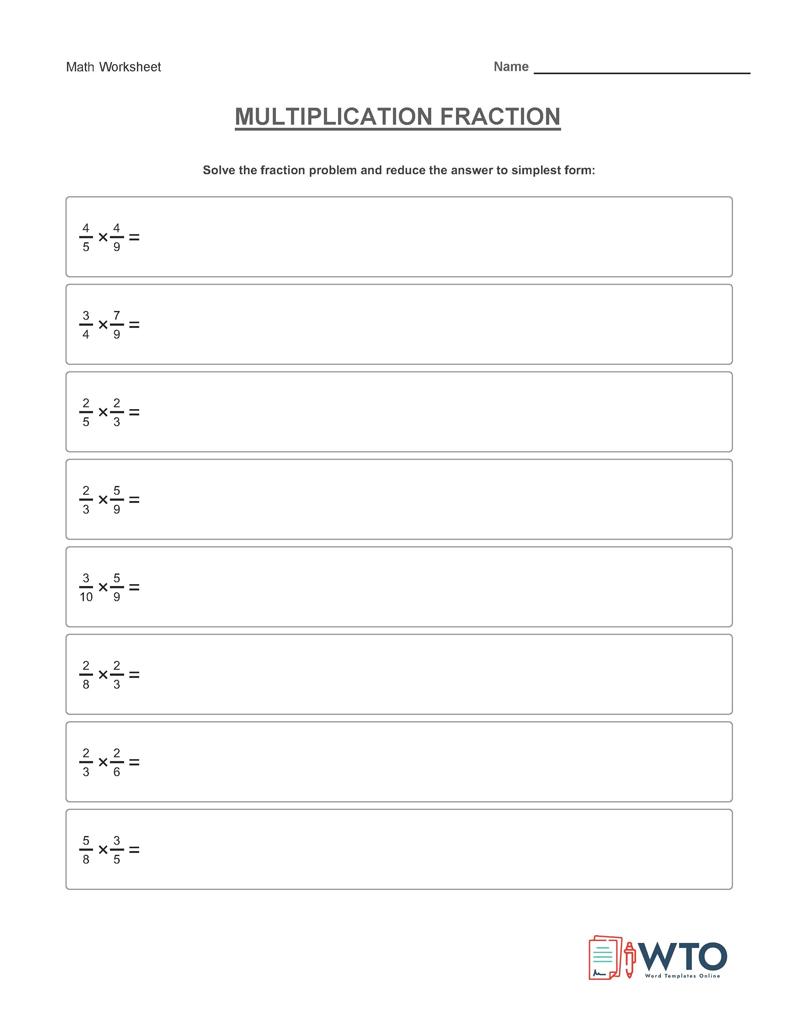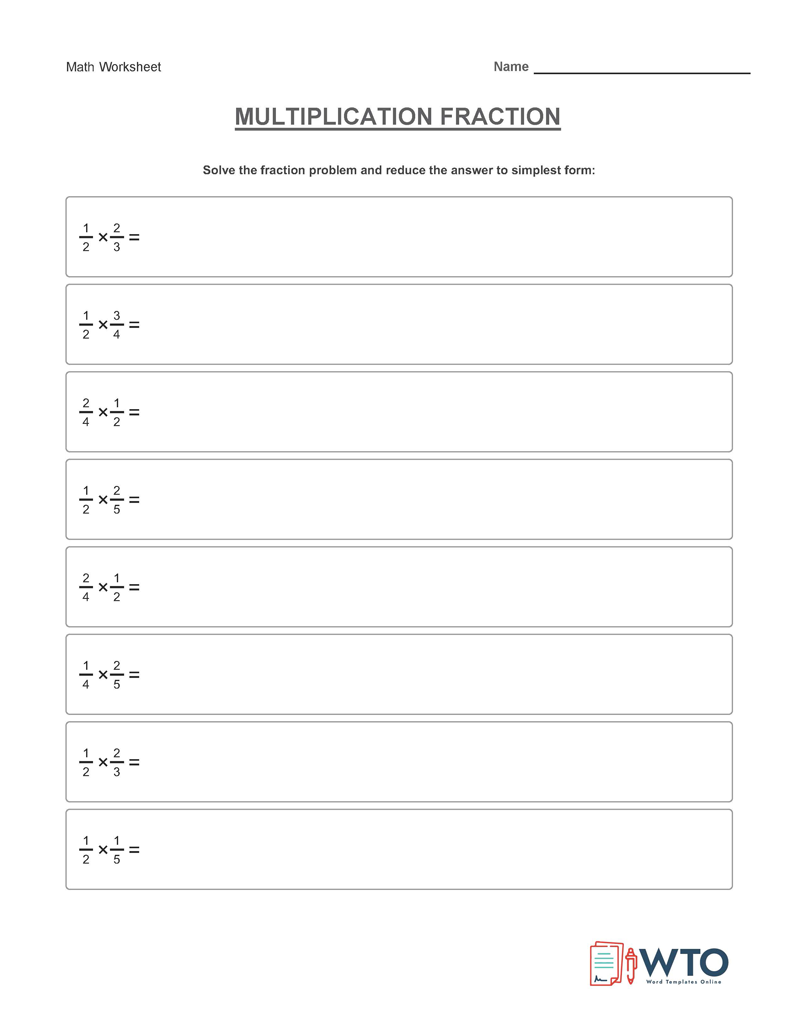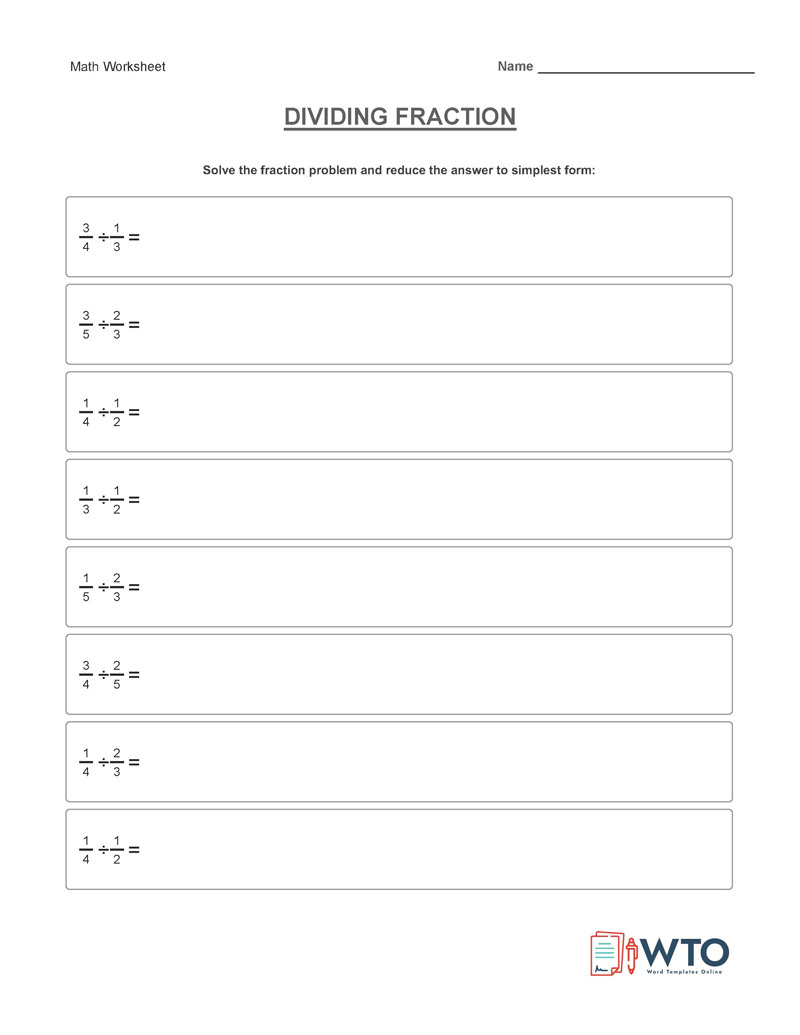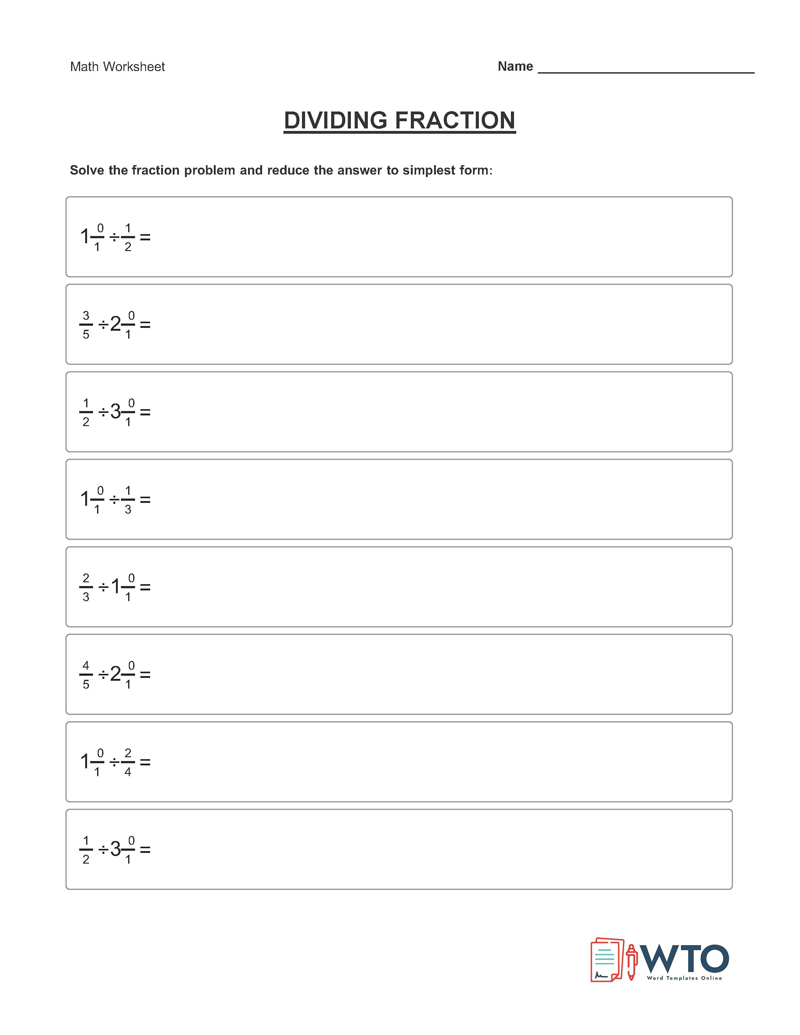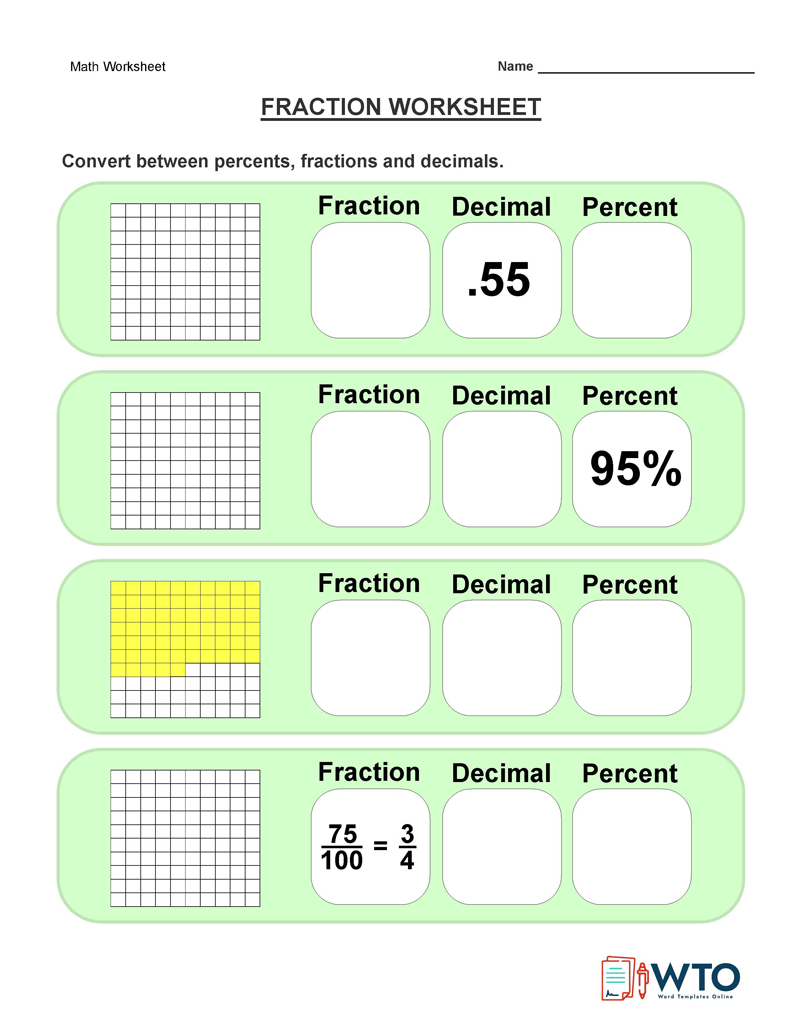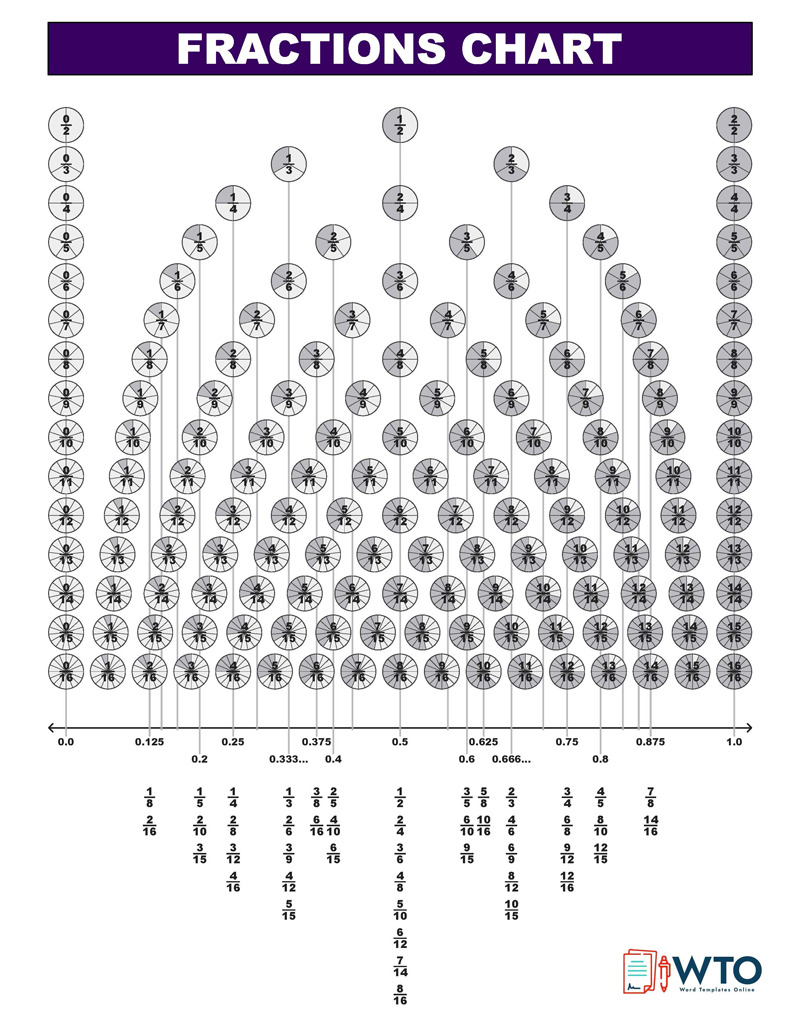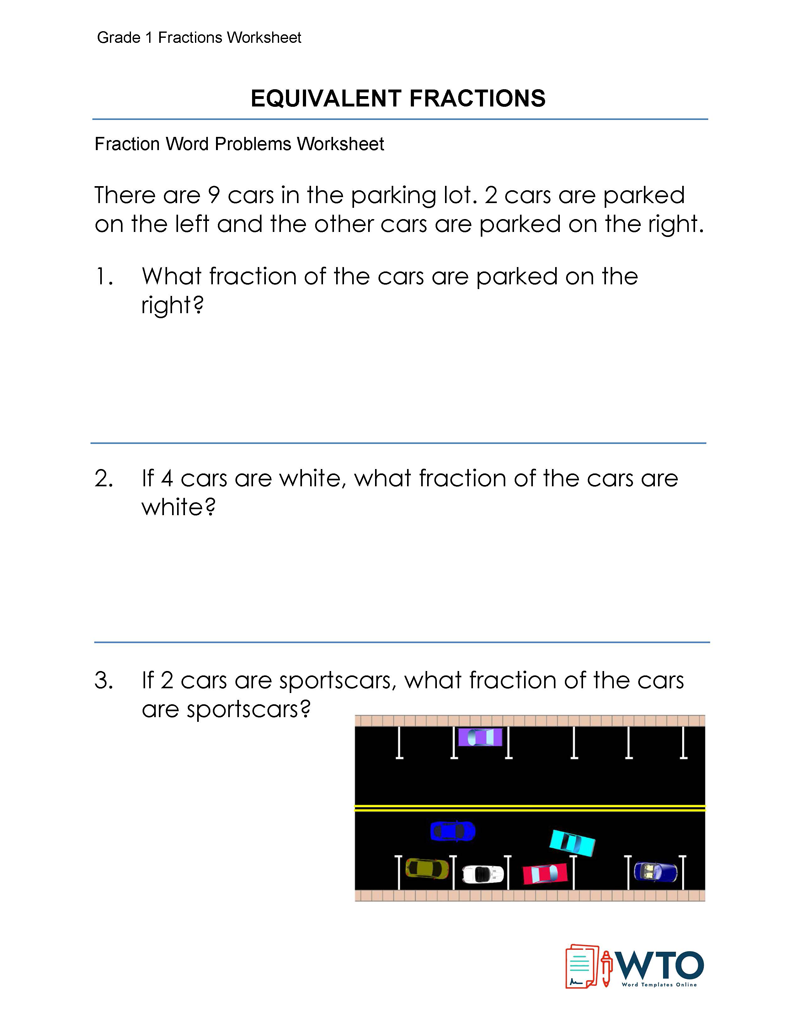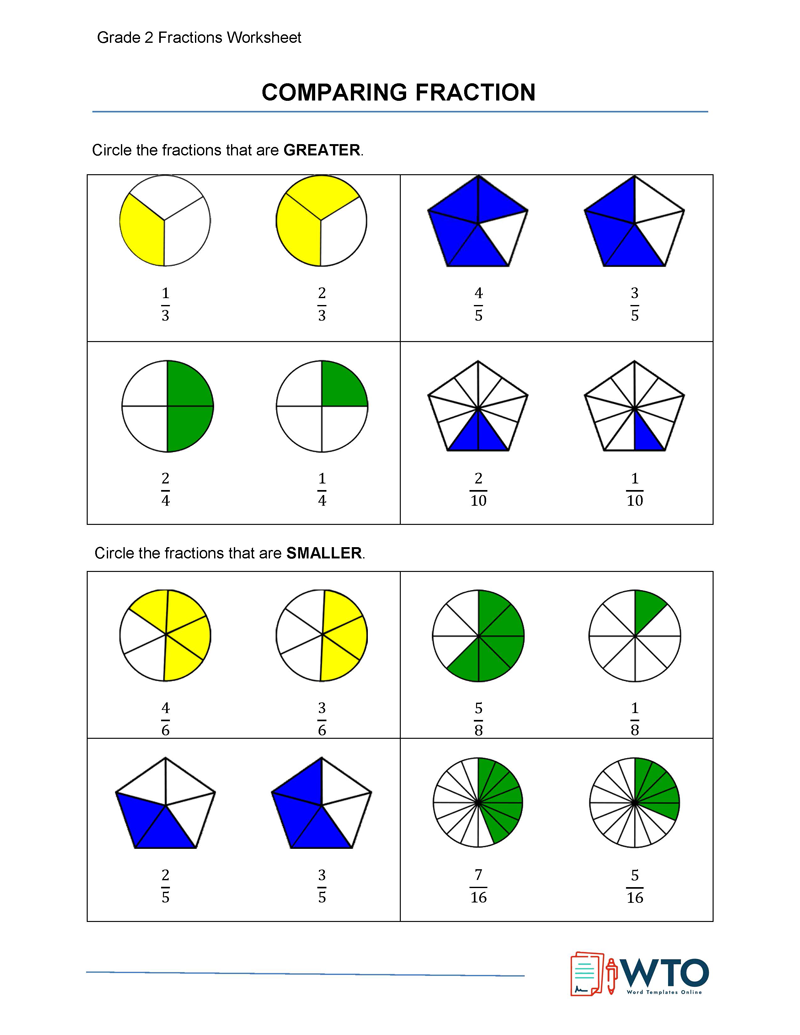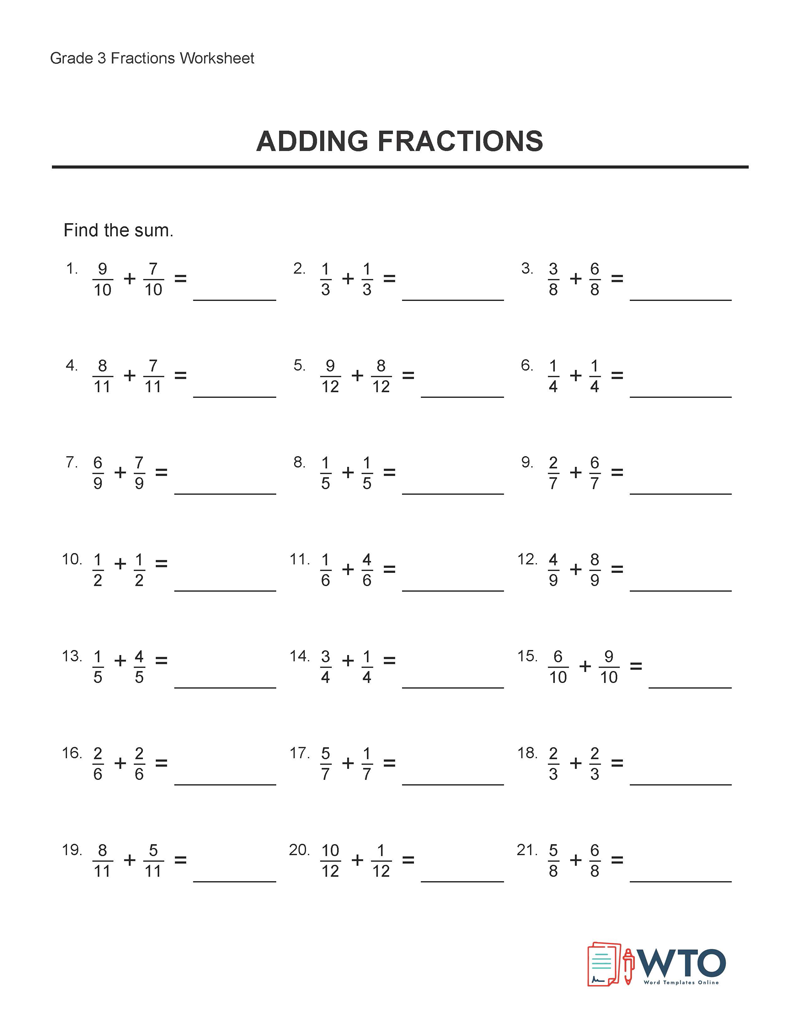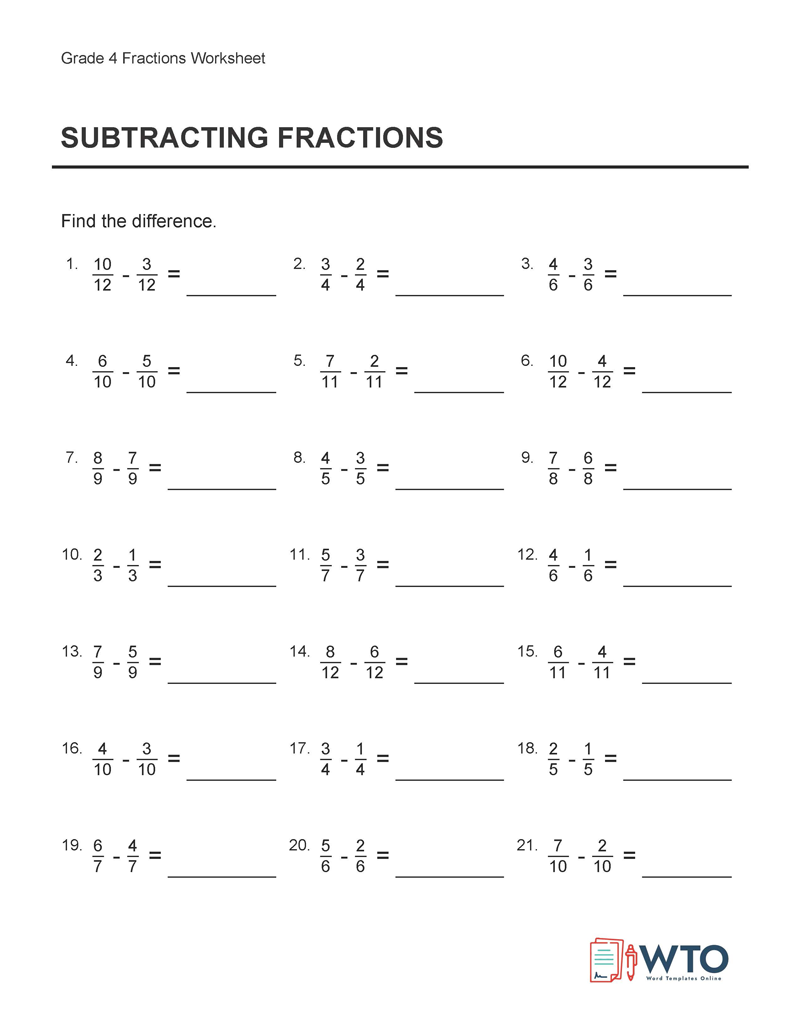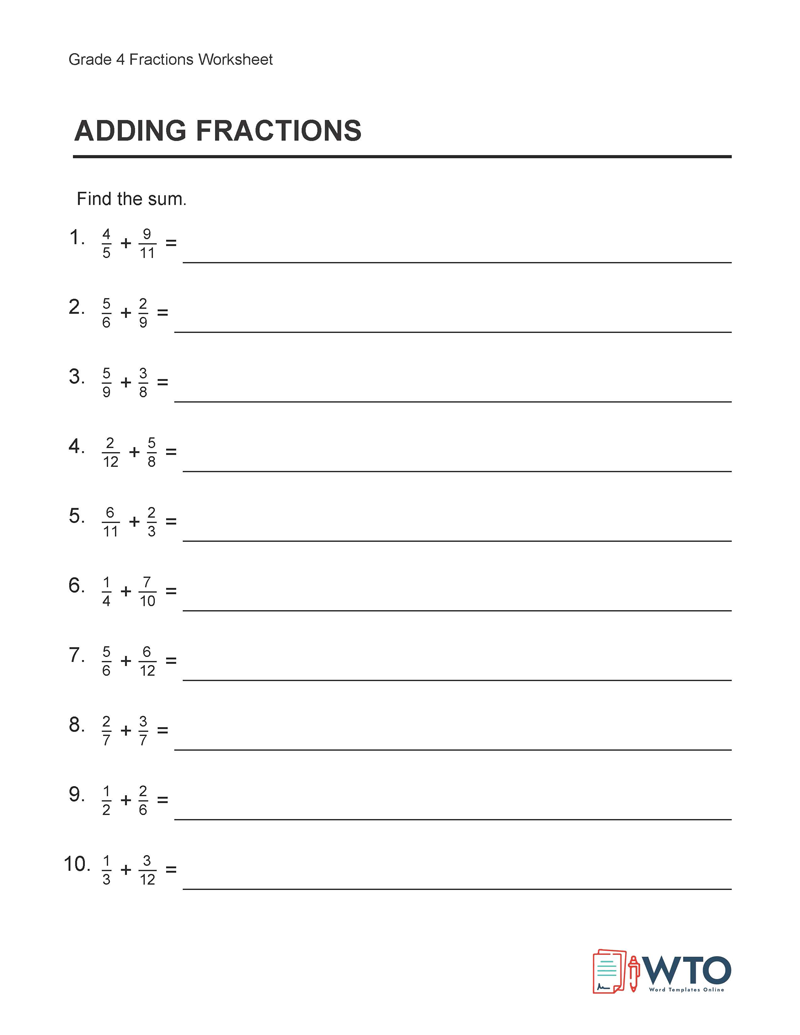Fractions tend to be a complex lesson for grade 3 and grade 4 students. Therefore, teachers should use fraction worksheets more frequently to make learning fractions easier for students. The most common concept of fractions involves how to identify and convert them to percentages or decimal forms.
That is why; these worksheets are essential. As a teacher using fraction worksheets, you would first have to introduce simple fractions and then increase the difficulty of the fraction equations. Students can learn about improper fractions, mixed fractions, and fractions with the same denominators and fractions with different denominators.
Also, students can learn about adding and subtracting fractions using fraction worksheets. These worksheets make the whole learning process easier for students and teachers. These worksheets provide the right resources to deal with and understand the concept of fractions. This article will also shed light on fractions, parts, and types.
What are Fractions?
A fraction is an equal part representation of a whole or a collection.
It can either be a fraction of a whole or a fraction of a collection. A fraction of whole is when a whole is divided into equal parts; hence, a fraction represents these equally divided parts. A fraction of a collection is when a set is represented in a way that provides particular information.
Examples
Fraction of a whole:
One whole divided into four parts will result in 4 equal parts, which can be represented using a fraction as 1/4.

Fraction of a set or collection:
If there are nine fruits in a basket, and 4 are oranges while 3 are apples and 2 are bananas, you can use fractions to represent a set and relay this information.
A total of 9 fruits can be represented by fractions, as shown below:
- 4 out of 9 are oranges; hence, 4/9
- 3 out of 9 apples; hence, 3/9
- 2 out of 9 bananas; hence, 2/9
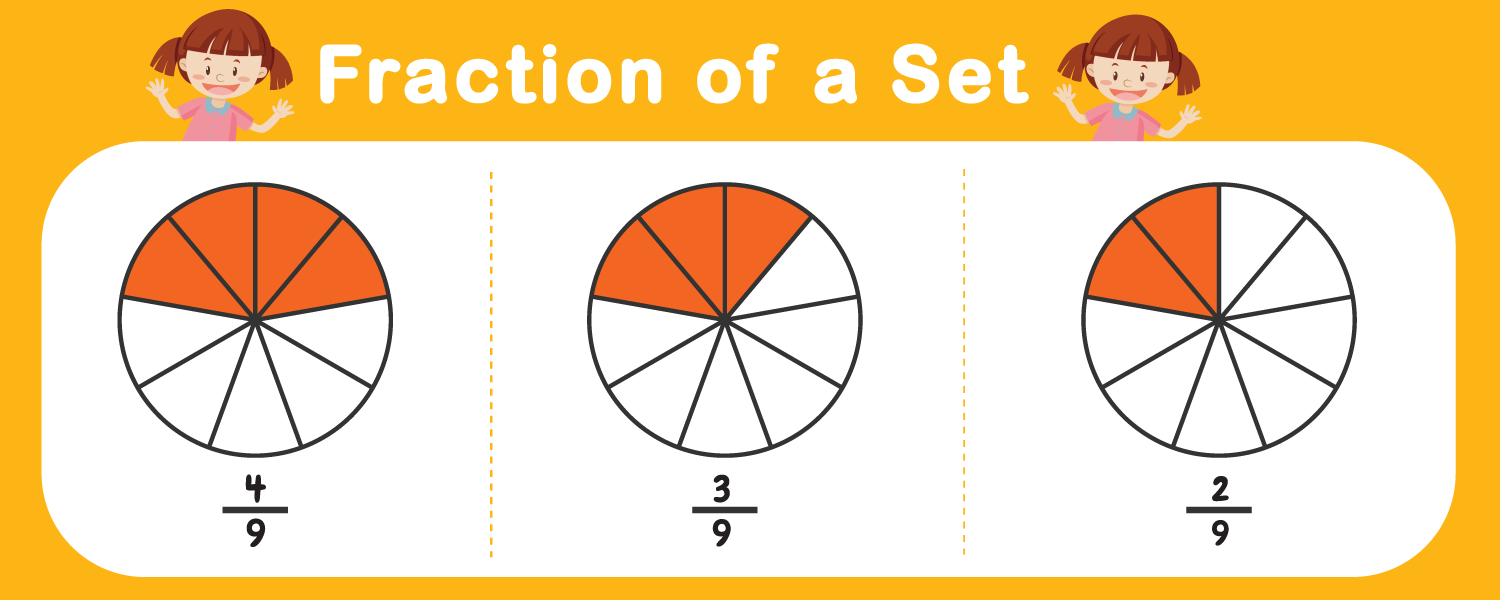
Real-life examples:
The images below are some real-life examples of fractions:
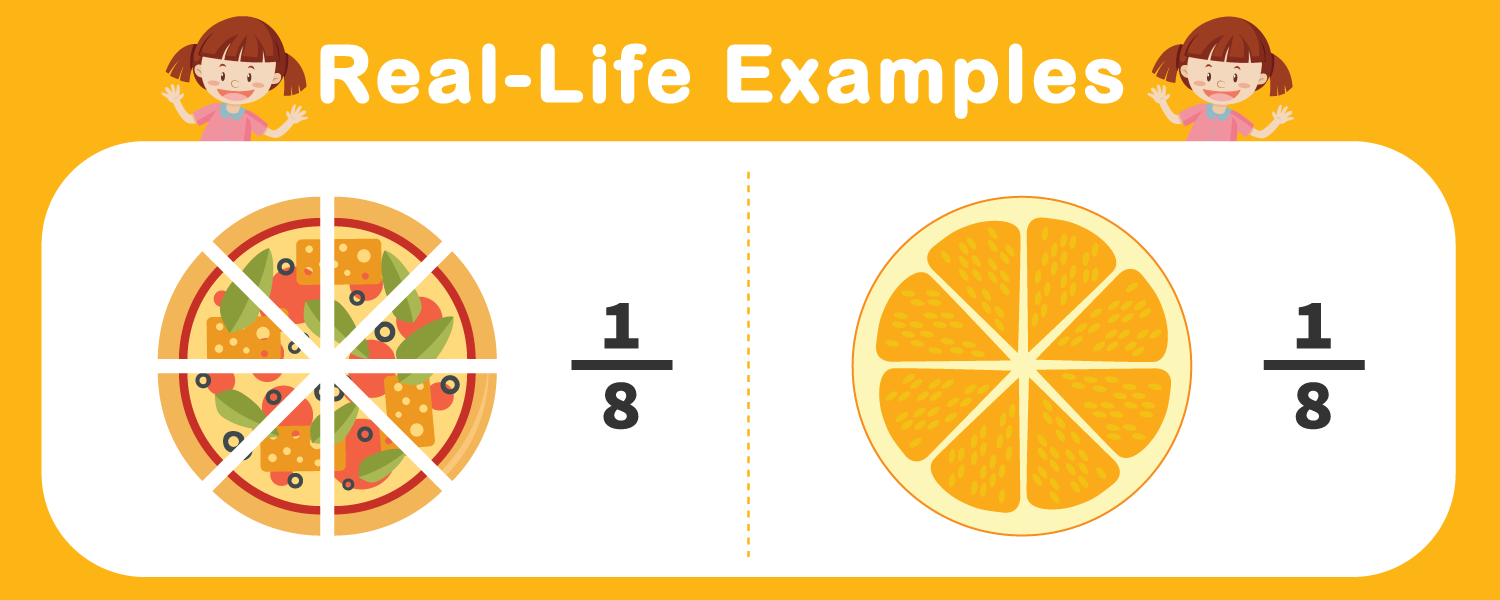
It has been divided into eight equal parts. It can be represented as 1/8.

The watermelon has also been divided into 12 equal parts, which can be represented as 1/12. If the five pieces that are being held are removed from the whole, the remaining melon can be represented as 7/12.
All these representations can be done in a fraction worksheet to make it easier for grade 3 or grade 4 students to understand the concept of fractions.
Fraction Notation
A fraction notation is how a fraction should be written. A fraction has two parts known as the numerator and the denominator. The number found on the top side of the line is the numerator, while the number on the bottom side of the line is the denominator. The numerator represents the number of equal parts taken from a whole or a collection.
On the other hand, the denominator represents the total number of equal parts that the whole was divided into or the total that is present in a collection.
For example, 3/7 is a fraction where 3 is the numerator while 7 is the denominator. This is because 3 represents the number of equal parts taken from a whole, while 7 represents the total equal parts that the whole was divided into. This is as shown in the images below:
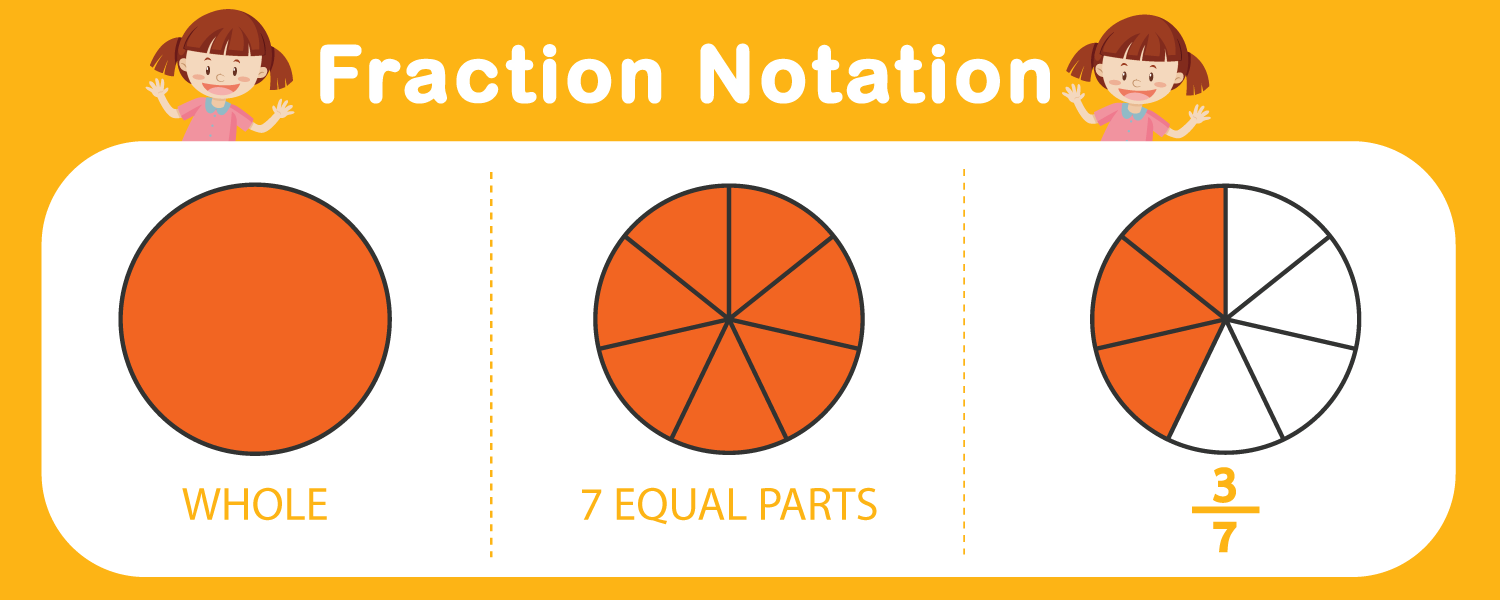
Types of Fractions
From simple to complex fractions, using a fraction worksheet will make it easier for students to learn about the different types of fractions.
There are four different types of fractions which are as follows:
Unit fraction
These fractions have the number one (1) as their numerators. The denominators start from 2 and above while the numerator remains the number one. For example, 1/2, 1/6, 1/4, 1/7 etc.
This infographic represents unit fraction as 1/6. This infographic represents unit fraction as 1/2.


Proper fraction
Proper fractions are those fractions whose numerators are less than their denominators. This means that the number in the numerator position is smaller than the number in the denominator.
For example: 3/8, 4/9, 10/43 etc.
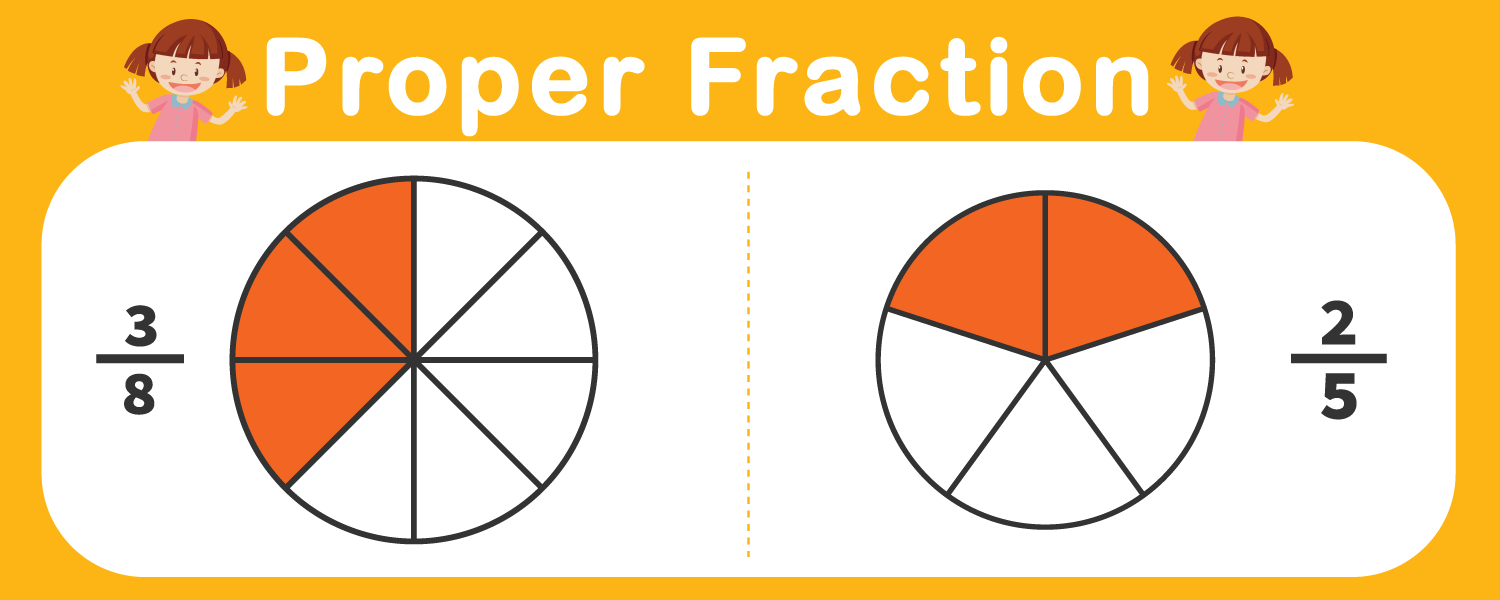
The shaded part represents a proper fraction which is 3/8(three-eighths). The fraction is proper because the number 3 is smaller than the denominator number 8.
Another example of a proper fraction is 2/5 and is shown in the diagram.
Improper fraction
Improper fractions are those fractions whose numerators are either equal to the denominators or are more than the denominators. This means that for improper fractions, the numerator number is way more considerable or the same as the denominator.
For example, 6/6 is an improper fraction because the number 6 equals the denominator number 6. Another example can be 3/2.

Mixed fraction
Mixed fractions are fractions of a whole number and a proper fraction. That means a mixed fraction is two parts made of a whole number like 1 or 2 and a proper fraction whose numerator is smaller than the denominator.
For Example, 1(1/2).

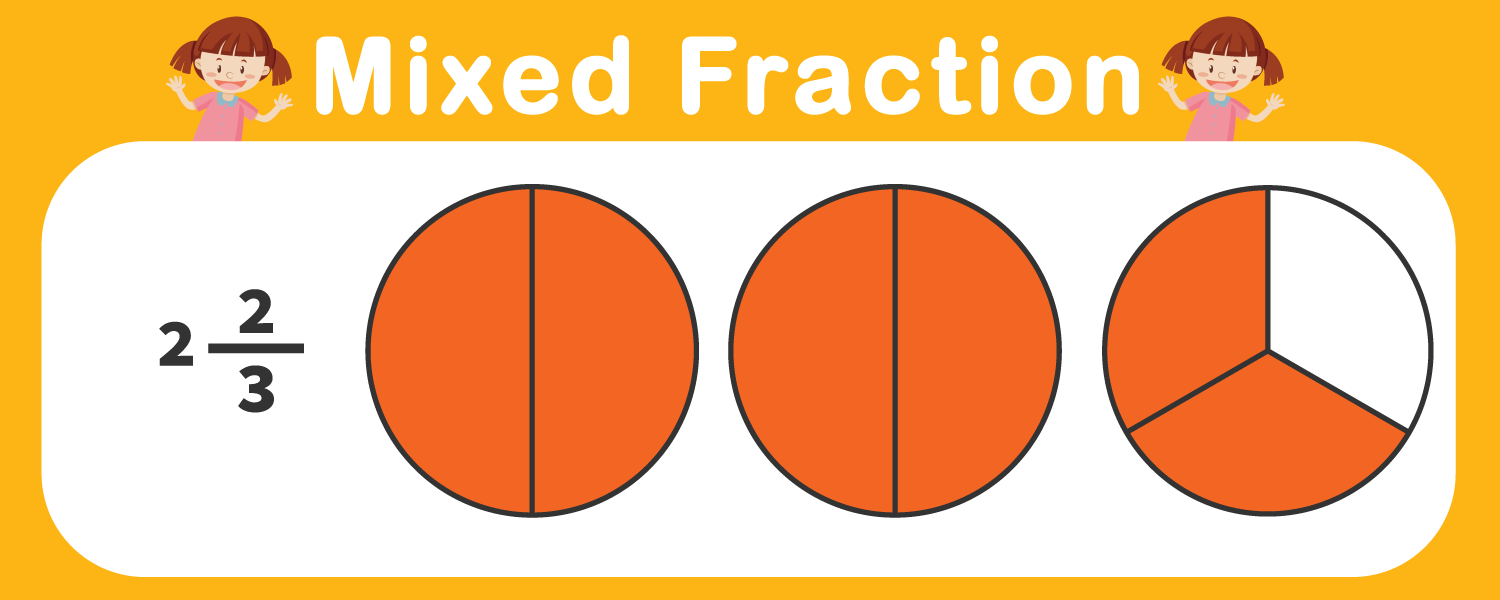
For Example, 1(3/4) = 7/4, as shown here:

note
Fraction is an English word from a Latin word known as “fractus, “meaning “broken.” Since the Egyptian era, fractions have been used in calculations and real life. However, they were not considered numbers but instead were just used for comparison purposes.
Fraction Worksheet Types
Fraction worksheets are essential for learning and understating the concept of fractions. Both students and teachers can use different types of fractions.
Here are some of the fraction worksheet types that make learning fractions easier:
Graphic Fractions
These worksheets are best for grade 2 and grade 3 students. They are used to help students identify fractions from graphics or diagrams. In addition, students will need these worksheets so that they can draw their graphics to represent fractions or identify fractions in their numeric forms from the graphics.
Equivalent Fractions
From these fraction worksheets, students can identify equivalent fractions. This is done by reducing fractions so that they can identify those fractions that are equal to each other. Also, these worksheets contain familiar equivalent fractions that will guide the students when performing fraction arithmetic using equivalent fractions.
Reducing fractions
These reducing fractions worksheets are helpful when it comes to changing fractions into simpler and lesser forms. This will include reducing improper, mixed, and even simple fractions.
Comparing fractions worksheet
Comparing fractions worksheets are best if students are required to compare the fractions. This may include comparing similar and different denominators, improper fractions, and mixed fractions.
Adding fractions
These worksheets are meant for teaching the addition of different fractions by encouraging students to show their work out for each question. Adding fractions include fractions with similar denominators, fractions with different denominators, simple fractions, and even mixed fractions.
Subtracting fractions
These worksheets allow for the subtraction of fractions with similar denominators, fractions with different denominators, simple fractions, and even mixed fractions. These subtracting fractions worksheets also require students to show their work and answer, like adding fractions worksheets.
Multiplying fractions
Multiplying fractions worksheets enable students to understand how to multiple different types of fractions. These fractions include fractions with or without whole numbers using either cross-canceling or not. Cross-cancelling is meant to reduce the fractions for a more straightforward multiplication process.
Dividing fractions
For dividing fractions, these worksheets guide students to handle division involving two fractions. From mixed fractions to improper fractions, these worksheets aid in the division process that at times entails cross multiplication.
Fractions as decimals
Students will be required to identify other forms of fractions, such as decimals. These worksheets will aid them in converting fractions into decimals using the long division.
Fractions decimal percent
Using these fraction worksheets, students will learn to identify fractions in their decimal or percentage form. They are meant to help students learn how to reduce fractions. After reducing fractions, which are changing into simpler forms, students can then calculate and identify their equal decimal or percentage numerals.
Fraction chart
These fraction charts are worksheets that guide students where the equivalent fractions should be on the number line. Apart from that, students can also identify the decimal equivalents of the fractions.
Fraction Worksheets
When teaching or learning about fractions, the best way to approach this concept is by using fraction worksheets. Whether a graphic worksheet, a subtracting worksheet, or a fraction chart, these worksheets make the learning and teaching process easier for middle school students.
You can access the different types of fraction worksheets provided here. The worksheets are free to download, easy to use, and will guide you as you teach grade 3 and 4 students about fractions. These worksheets are easily accessible and can be downloaded to act as a guide for a successful lesson about fractions.
Frequently Asked Questions
A fraction worksheet is an already prepared practice sheet or booklet containing instructions, comments, and examples that guide learning fractions.
The numerator in a fraction is the number on the top side of the line, while the denominator is the number on the bottom side of the line.
Fractions in Mathematics are used to determine the part of a number or a whole, determine the decimal and percentages of numbers, calculate probability, solve algebraic equations, and in ratios to perform calculations.
When it comes to multiplying fractions, you should multiply the numerators with one another and then the denominators with one another.
For example, 1/2 x 1/3 = 1/6, here you will multiply (1×1) as they are the numerators and then (2×3) as they are the denominators.
Conclusion
Fractions are known as equal parts that represent a whole or a set. Learning and teaching fractions are more manageable when you use fraction worksheets. Teachers can use fraction worksheets to teach their students about different types of fractions. These fractions may include proper, improper, mixed, and unit fractions. Also, with these worksheets, teachers can teach their grade 3 and grade 4 students about the different concepts of fractions. You can access the available worksheets provided on this website today and help students understand fractions easily.

